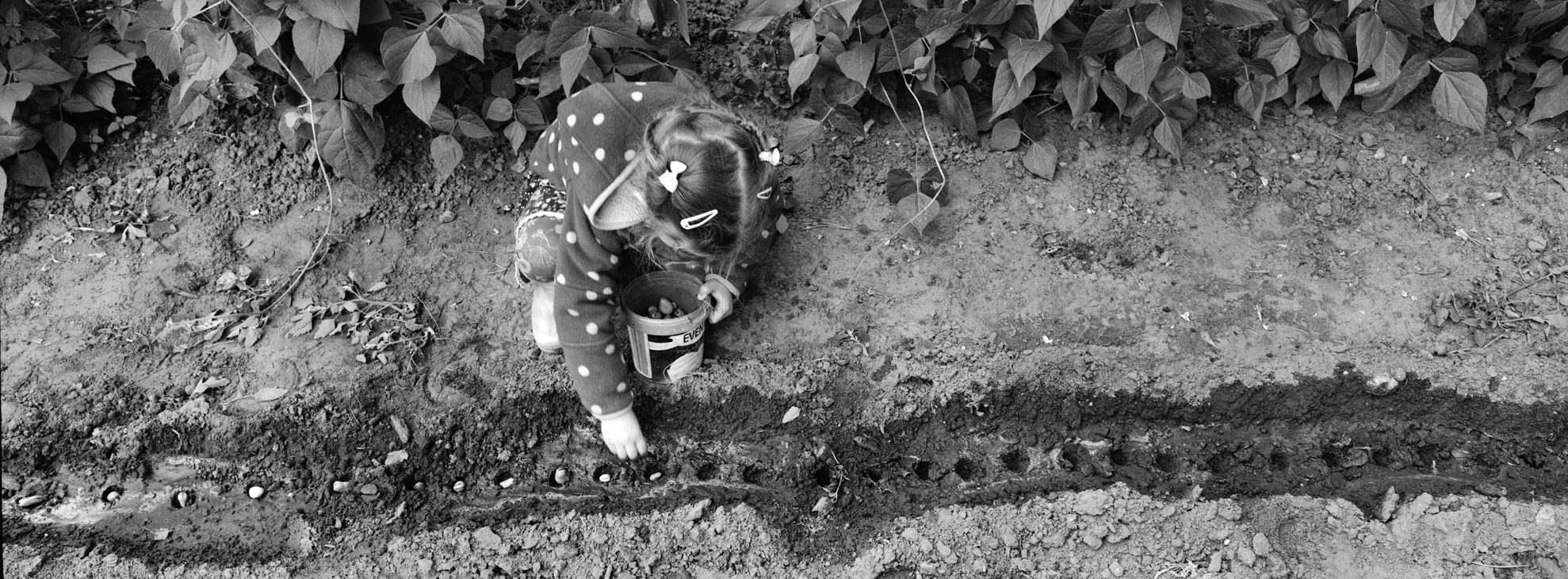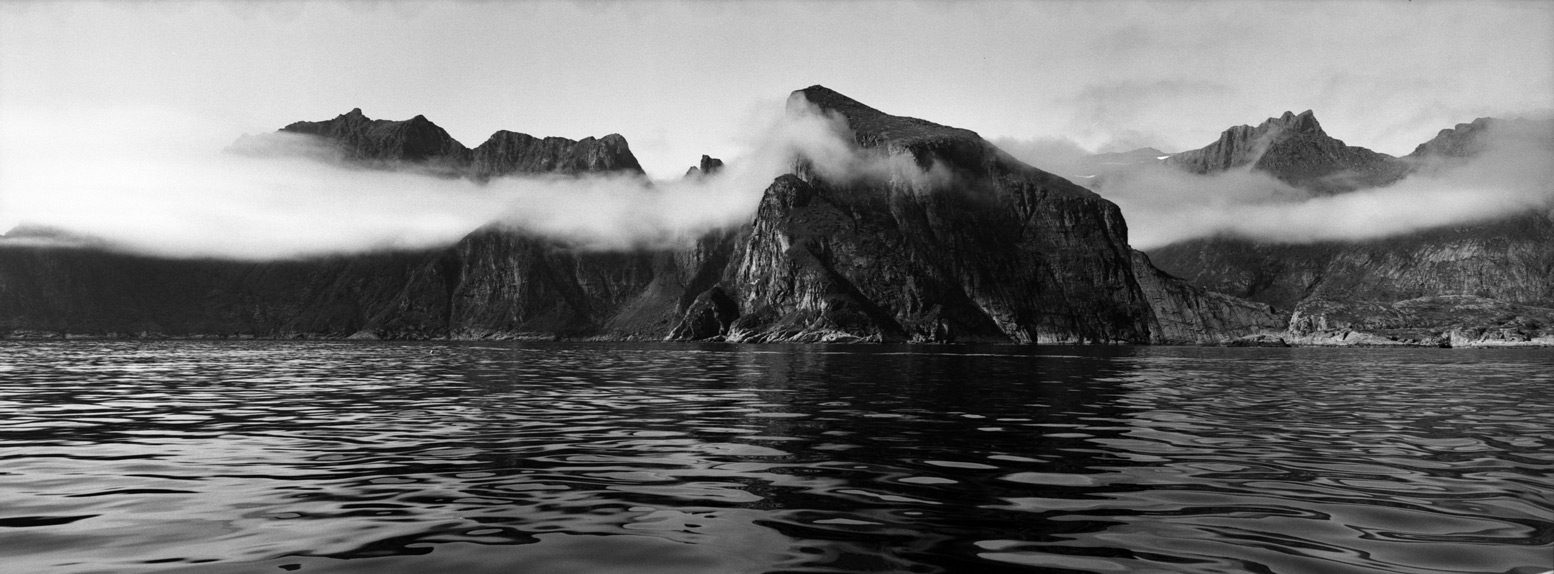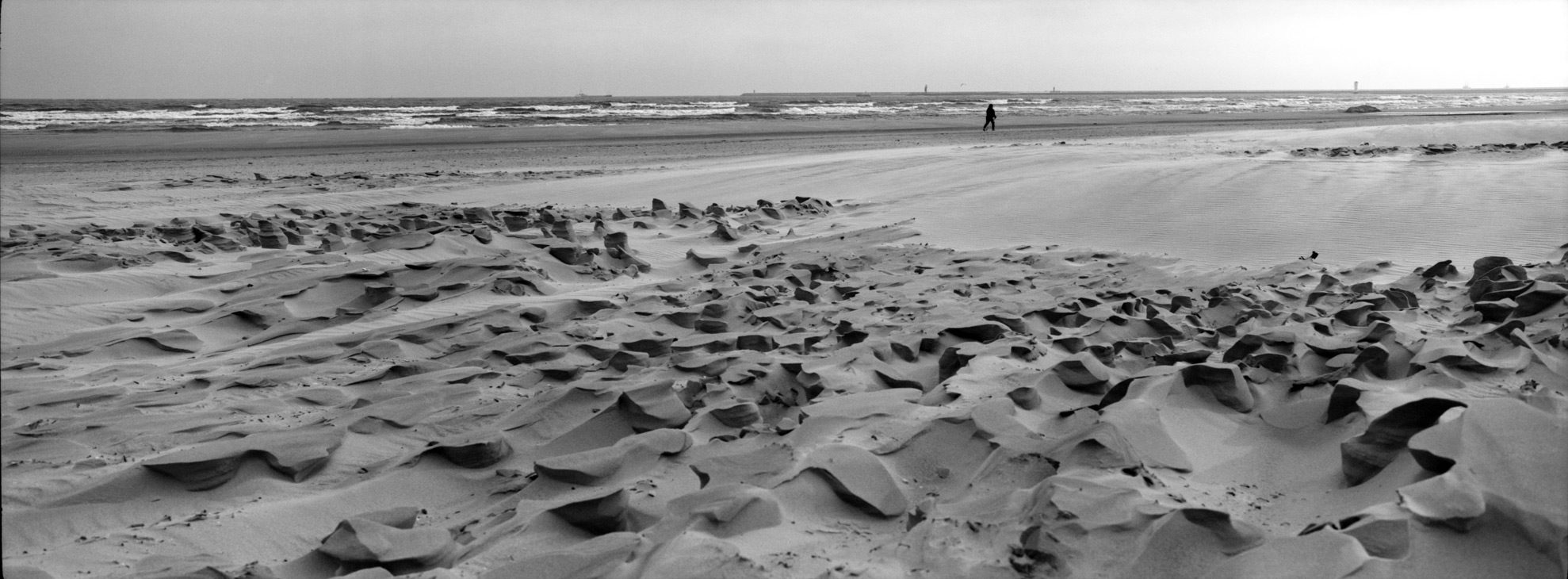Ilford film and the Hasselblad XPAN Posted On 12th August 2021 To Magazine & Stories

I like to press the shutter and I take a lot of black and white photos simply because I like it. These black and whites I take on Ilford materials. My favorite negative is xp2 super, I also use Delta 100 and 3200, but rarely.
Why ILFORD XP2 Super?
I am a hydro engineer by profession - I traveled a lot, spent a lot of time away from home, so carrying a tank, chemicals, thermometer, bottles, containers, etc. with me was a bit troublesome. Never I needed to organize my home dark-room. But actually, now I start to entertain this possibility ?
And also due to the fact that photography is not my source of income, I tried to approach it economically: - I did not spend money on developers, fixers, stop, etc. I usually just grabbed my camera, took pictures and took it to the nearest laboratory for development. After an hour, I had the effect of my work in my hand and ready to scan. I would print, add a passe-partout, and a frame later and I hang the finished work on the wall.
- Gdańsk Beach, f = 8, exp = 1 / 60s, ©Mikołaj Połoczański
- Świnoujście Beach, f = 11, exp = 1 / 125s, Mikołaj Połoczański
XP2 Super is super!
For me, some of the advantages to using ILFORD XP2 Super include tonality, sharpness and fine grain. It can be developed in C-41 process which gives the added benefit of being easy to get developed in basically any location with color photo lab.
I find that this film has a high tolerance to overexposure and a little less to underexposure. I exposed 200, 400 and 800 on the same roll and the effects are satisfactory. It reproduces the frames / scenes with a large tonal range. It also works fine in contrasting light conditions - crisp bright whites and deep blacks with good gradation for all tones in between. The shadows are nice and deep and they show a lot of detail.
The combination of good contrast and smooth, fine grain gives the photos a sharp and clear look.

- Ołowianka Island, f = 16, exp = 240s, Mikołaj Połoczański
Digital ICE
An undoubted advantage for people who do not have a darkroom, but who scan at home or in a photo lab, is the ability to use the Digital ICE function. This technology scans the negative using infrared to detect dust and scratches and then removes them. ILFORD XP2 works well with this technology.
These advantages influenced my decision to use this film, which I find universal and very convenient.
Negatives are developed by my friend Michał at his TCF 2 lab in Gdańsk. He owns one of the last photo labs in Gdańsk, where you can still develop negatives at good prices. They always provide support and a professional service.

Port of Gdynia in the morning, f = 8, exp = 1 / 60s, Mikołaj Połoczański
Bathroom darkroom
My first camera was the Russian Smiena 8M, then Start 66,Canon 50 e. I took photos on Polish negatives produced in the Foton factory in Bydgoszcz and on DDR’s ORWO.
In the evenings, when the family went to sleep, I was rearranging the bathroom into a darkroom: I was darkening all the windows and covering the gaps in the door and putting an enlarger on the Russian "Junost" washing machine and was developing pictures until the morning.
Then there was a long pause.

- Port of Gdansk in the evening, f = 16, exp = 220s, Mikołaj Połoczański
My first panorama
I returned to taking photos at the end of my studies. My first job after graduation was the a construction of a lock on the mouth of the Brda River. More and more often I was using my camera and the last missing frame of the project was the one of the whole lock and the only possibility to get it was a panoramic photo. Back then I had a Zenith TTL with a 50 / 1.8 lens at my disposal. I walked to the highest point possible, the cement silo on the concrete mixing plant, and took a series of 24 vertical photos. I didn't have a computer then, and I didn't have Photoshop. I put together my first panorama from the photos developed on paper. It had a lot of technical mistakes, however it did not stop the CEO of the company from putting it on the wall in his office just above his seat. It was hanging there for many years to come and this appreciation of my work truly gave me the motivation to continue with panoramas.
- On the way to Makalu BC, f = 8, exp = 1 / 45s, Mikołaj Połoczański
- River Arun, near Tumlingtar, f = 16, exp = 1 / 250s, Mikołaj Połoczański
I was moving from project to project and obviously I was taking a lot of pictures including panoramic ones. And it became common that my pictures were displayed during the milestone events including the official openings.

Zosia in the garden, f = 8, exp = 1 / 60s, Mikołaj Połoczański
A vision
I was over the hump. First computer, montage of scanned photos in a Photoshop. However, it was time consuming. I started looking for a panoramic camera. The only one available at that time was the Russian Horizon. I experimented with it for a few years, but the quality of the photos did not satisfy me. I lost my patience with "Horizon" when I went to the Himalayas. I had a vision of certain photos in my head and it did not want to "cooperate" to make it a reality. I was looking for something that would give me full control over the camera parameters to execute the vision of the image I had in my head.
- Gdańsk near WL 4, the area of the old Gdańsk Shipyard, f = 11, exp = 1 / 90s, Mikołaj Połoczański
- Port of Gdynia, elements of the underwater structure of the New Ferry Terminal f = 13, exp = 1 / 250s, Mikołaj Połoczański
Choosing the Hassleblad XPAN
I searched the internet and found a Fuji GF 617 and a Hasselblad xpan. I made the decision to buy Xpan because of its size. Compared to the Fuji it was a "mobile camera". I will not go into details about this camera, as many reviews of this model is available online.
Although I have a few other cameras: Fuji gf670, Fuji xt1, my favorite one is undoubtedly the Hasselblad xpan.

Lonely Tree near Lisewo f = 8, exp = 1 / 90s Mikołaj Połoczański
I was lucky to buy Xpan in 2008. It was a down period for analog photography, because people were delighted with digital photography (including me! ?), therefore the prices for analog cameras were attractive. I spend $1200 on my piece. Now, for a change, the prices for this type of cameras became crazy...
13

Hillary Bridge over the Dudh River on the way to Namche Bazar, f = 11, exp = 1 / 125s Mikołaj Połoczański
years on
I have been using this camera for 13 years now. I have learned to compose frames horizontally and vertically. The beginnings, of course, were difficult. The frame was too wide and I had a problem with filling it with an image. It was crucial to avoid too much emptiness, but also not to end up with too much “mess” within the frame.
- “Black Gold”, f = 11, exp = 1 / 125s, Mikołaj Połoczański
- Field border, near Stanisław, f = 16, exp = 1 / 250s, Mikołaj Połoczański
This camera is unique. It is not perfect, it has its flaws, but I accept them.
For me, ILFORD and Hasselblad xpan make the best set in an analog photography. And it is this duo that gives me the greatest fun while taking pictures.

Lofoten, near A, f = 16, exp = 1 / 250s, Mikołaj Połoczański
Summarizing in a few words. It is both a unique film for a unique camera - perfect marriage ?
About The Author

Mikołaj Połoczański
My name is Mikołaj Połoczański and I am an amateur Polish photographer. Taking pictures is a perfect gateway for me. I photograph what’s close and what’s far. At work, at home, on the go.
I currently live in the beautiful city of Gdańsk.
Instagram : https://www.instagram.com/poloczanski_mikolaj/
https://www.instagram.com/mikolaj_poloczanski/
Facebook : https://www.facebook.com/profile.php?id=100015348187293
Private website : http://poloczanski.pl/ — under construction














